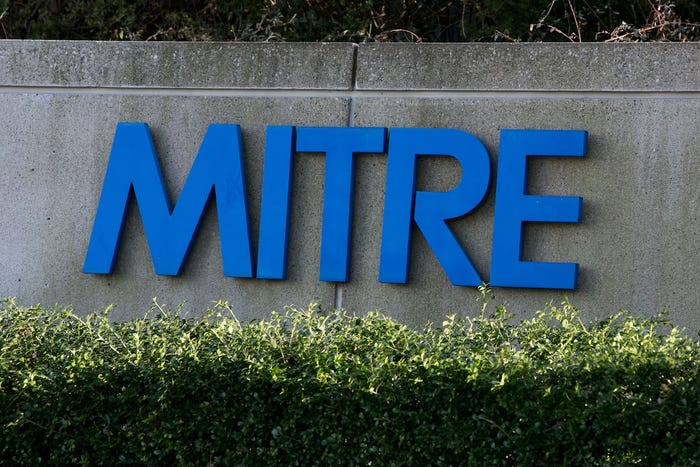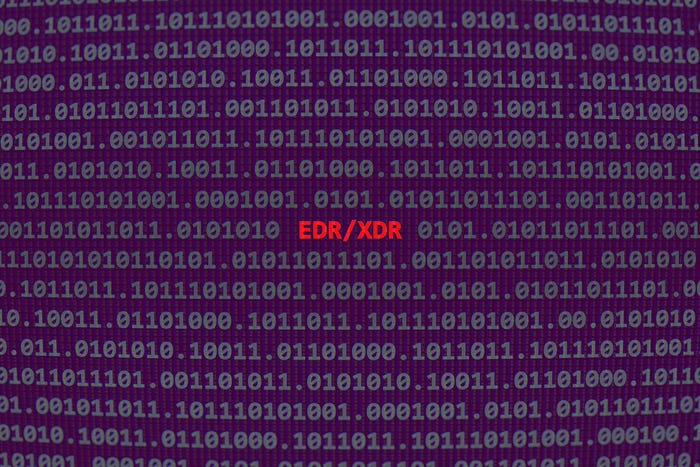The rise of toolkits turned nontechies into hackers
April 2, 2011

PRESS RELEASE
CUPERTINO, Calif., March 31, 2011/PRNewswire/ --Wannabecybercriminals were able to execute attacks with impunity and relative ease thanks to toolkits, pre-written software programs designed to steal information, rendering 2010 "The Year of the Toolkit" according to Trend Micro threat researchers. Toolkits proliferated through mass social media sites like Twitter throughout the year.
"While [toolkits] have always been a part of the cybercrime underground, in 2010 they flourished and became an even bigger part of the overall threat landscape," stated Trend Micro's 2010 threat round-up report. "Toolkits allow cybercriminal attacks to be conducted with far less effort and time, the effects of which can be seen in the explosive growth of threats in 2010."
United States, India got spammed the most
The crackdown of Spamit operations in October 2010 led to a decline in spam between November-December, a time when holiday spam is usually on the rise.
While overall global spam volume decreased, the U.S. received the most spam with India coming in second, due to the country's growth in Internet usage and its use of English in most forms of formal communication. The countries that received the least amount of spam were Argentina and Israel.
Europe experienced the highest spike in spam, frequently written in Spanish and most of which were online casino and gambling themed due to the region's more lenient gambling regulations. And Russia, a country where sending spam is not yet a criminal offense, was the top spam generator during Q4 2010.
Most spam were pharmaceutical and health-care related
If you have an email account, chances are you received plenty of pharmaceutical and other health-related spam, which Trend Micro threat researchers said made up the majority of the spam tracked throughout the year. Throughout 2010, spammers also used email to disguise phishing and malware attacks that hit popular social networking sites, another hotbed for cybercriminals due its prolific communities of users.
United States, China had the most malware infections
More than 80 percent of the top malware that caused the most infections in 2010 arrived via the web. The majority of malicious URLs and, consequently, victims of malware infections in 2010 were found in the U.S. and China. Russia was also a significant source of spam that contained embedded malicious URLs.
Mobile threats target different platforms, both old and new
During the summer of 2010, Trend Micro threat researchers discovered malware targeting the new Android OS and applications. By August 2010, the DroidSMS appeared, a malicious text message sending an application disguised as Windows Media Player. A week later, another application designed to send a user's GPS location via HTTP POST came to the scene.
Trend Micro also discovered other malware targeting older smartphone OSs like Symbian. Cybercriminals are always on the lookout for any form of monoculture to serve as a large base of possible targets for scams or malware attacks. For example, the growing popularity of Android OS in smartphones, along with the OS' open source code and vulnerable applications, has already contributed to an increase in attempts that target the OS.
Cloud-based protection from Trend Micro
The Trend Micro(TM) Smart Protection Network(TM) provides the infrastructure behind many Trend Micro products and delivers advanced protection from the cloud, blocking threats in real-time before they reach you. By the end of 2010, the Smart Protection Network was seeing 45 billion queries every 24 hours, blocking 5 billion threats and processing 3.2 terabytes of data on a daily basis. On average, 102 million users were connected to the cloud network each day.
The Smart Protection Network uses patent-pending "in-the-cloud correlation technology" with behavior analysis to correlate combinations of web, email and file threat activities to determine if they are malicious. By correlating the different components of a threat and continuously updating its threat databases, Trend Micro has the distinct advantage of being able to respond in real time, providing immediate and automatic cloud protection from email, file and web threats.
For the full threat report, please visit:http://us.trendmicro.com/us/trendwatch/research-and-analysis/threat-reports/index.html
About Trend Micro:
Trend Micro Incorporated, a global leader in Internet content security, focuses on securing the exchange of digital information for businesses and consumers. A pioneer and industry vanguard, Trend Micro is advancing integrated threat management technology to protect operational continuity, personal information, and property from malware, spam, data leaks and the newest web threats. Visit TrendWatch to learn more about the latest threats. Trend Micro's flexible solutions, available in multiple form factors, are supported 24/7 by threat intelligence experts around the globe. Many of these solutions are powered by the Trend Micro Smart Protection Network, a next generation cloud-client content cloud security infrastructure designed to protect customers from web threats. A transnational company, with headquarters in Tokyo, Trend Micro's trusted security solutions are sold through its business partners worldwide. Please visit TrendMicro.com.
You May Also Like
Beyond Spam Filters and Firewalls: Preventing Business Email Compromises in the Modern Enterprise
April 30, 2024Key Findings from the State of AppSec Report 2024
May 7, 2024Is AI Identifying Threats to Your Network?
May 14, 2024Where and Why Threat Intelligence Makes Sense for Your Enterprise Security Strategy
May 15, 2024Safeguarding Political Campaigns: Defending Against Mass Phishing Attacks
May 16, 2024
Black Hat USA - August 3-8 - Learn More
August 3, 2024Cybersecurity's Hottest New Technologies: What You Need To Know
March 21, 2024


